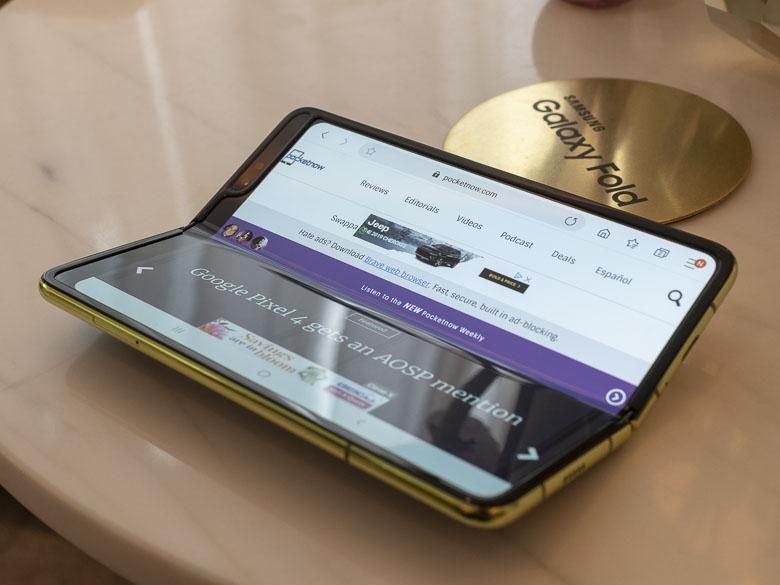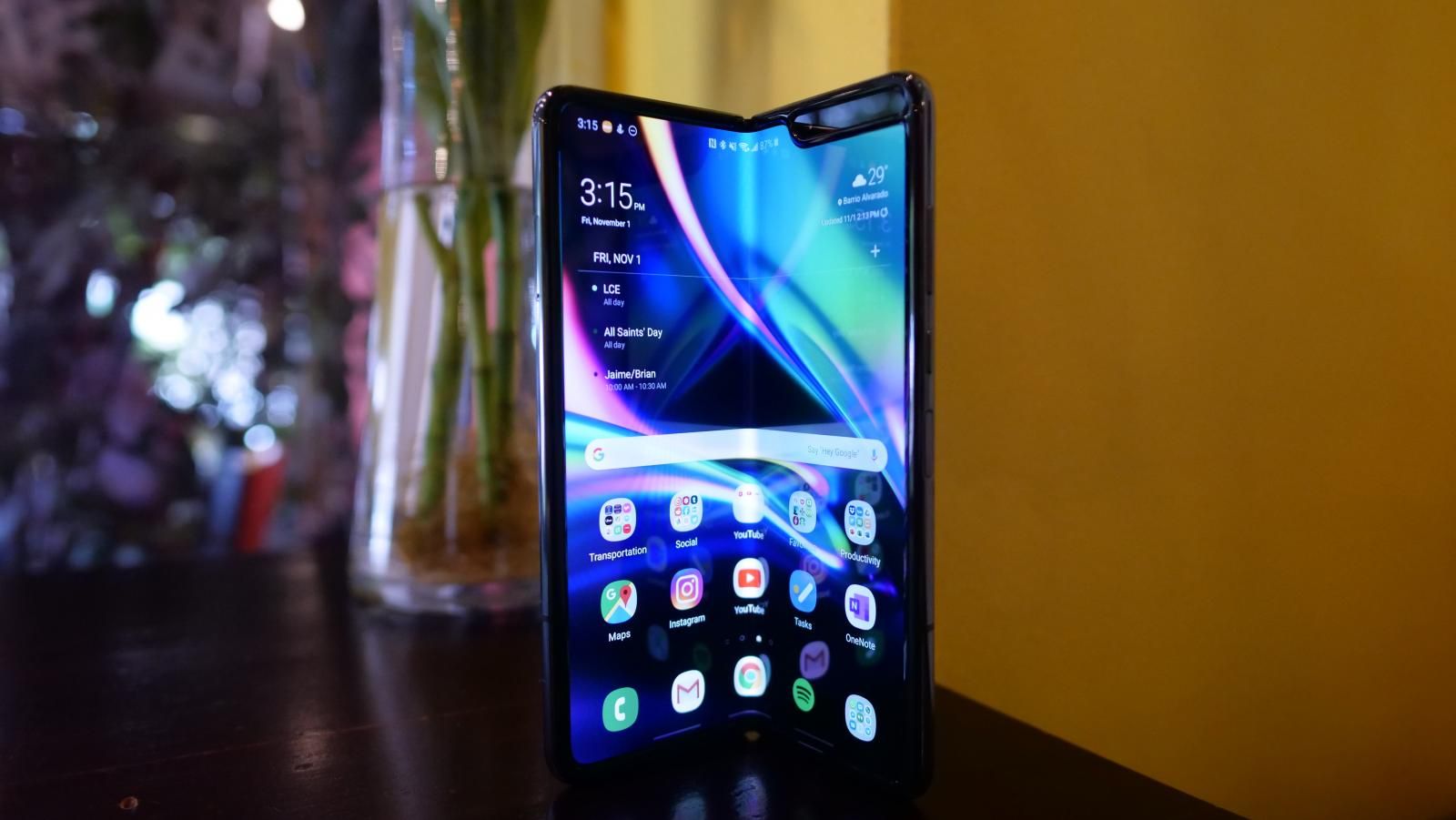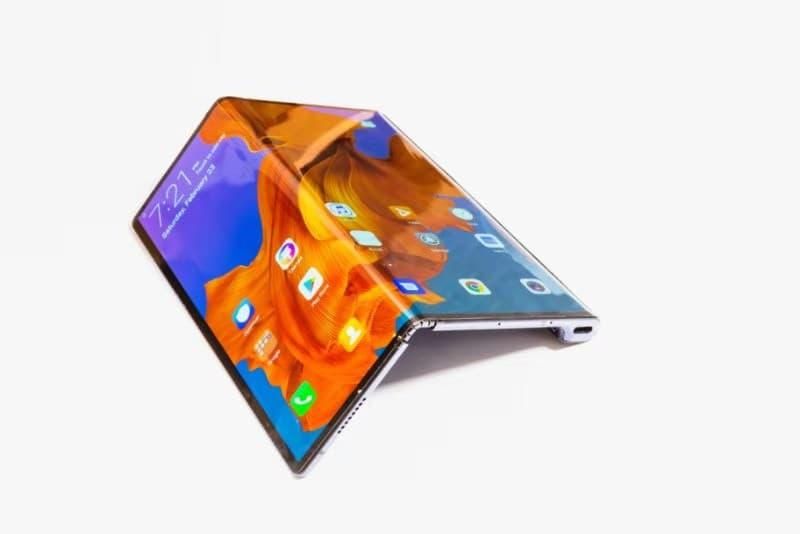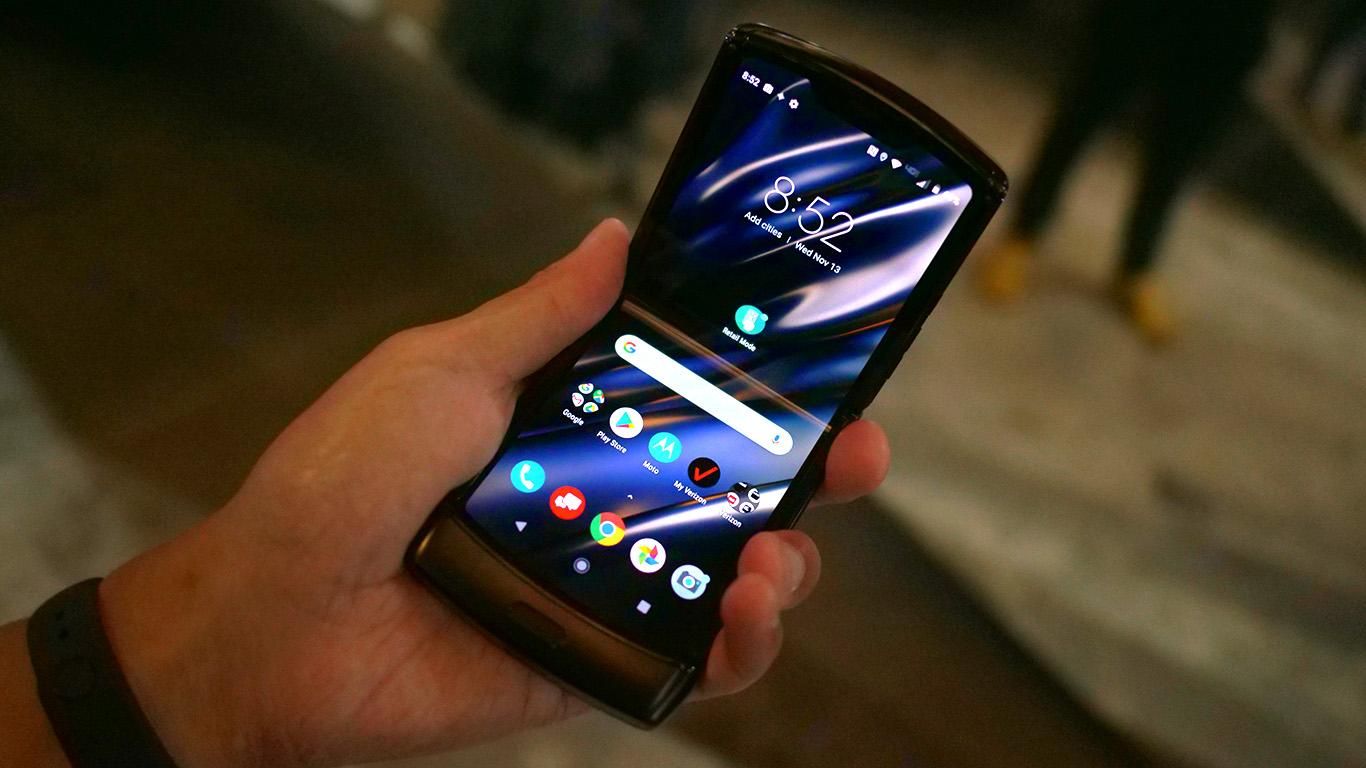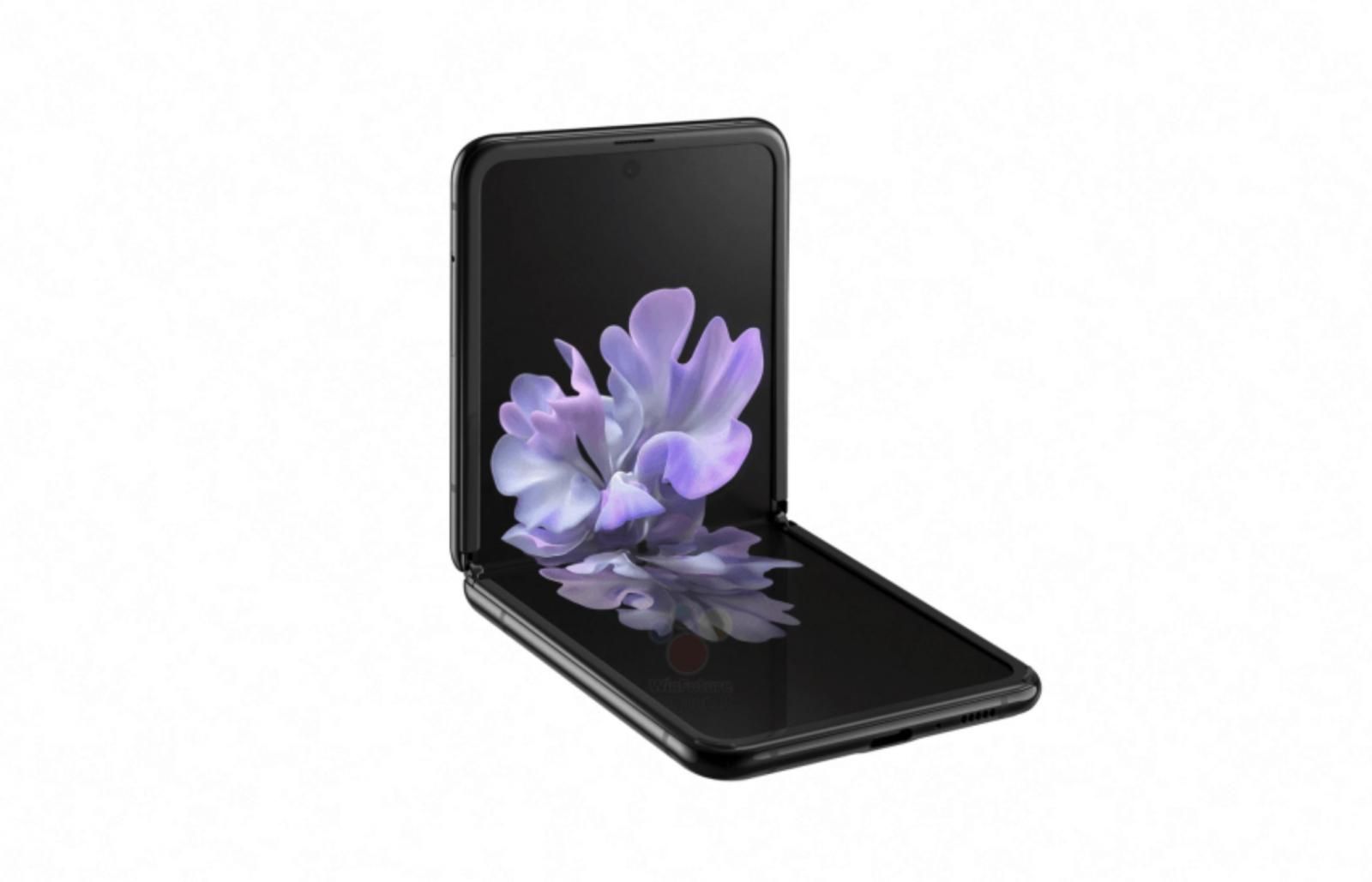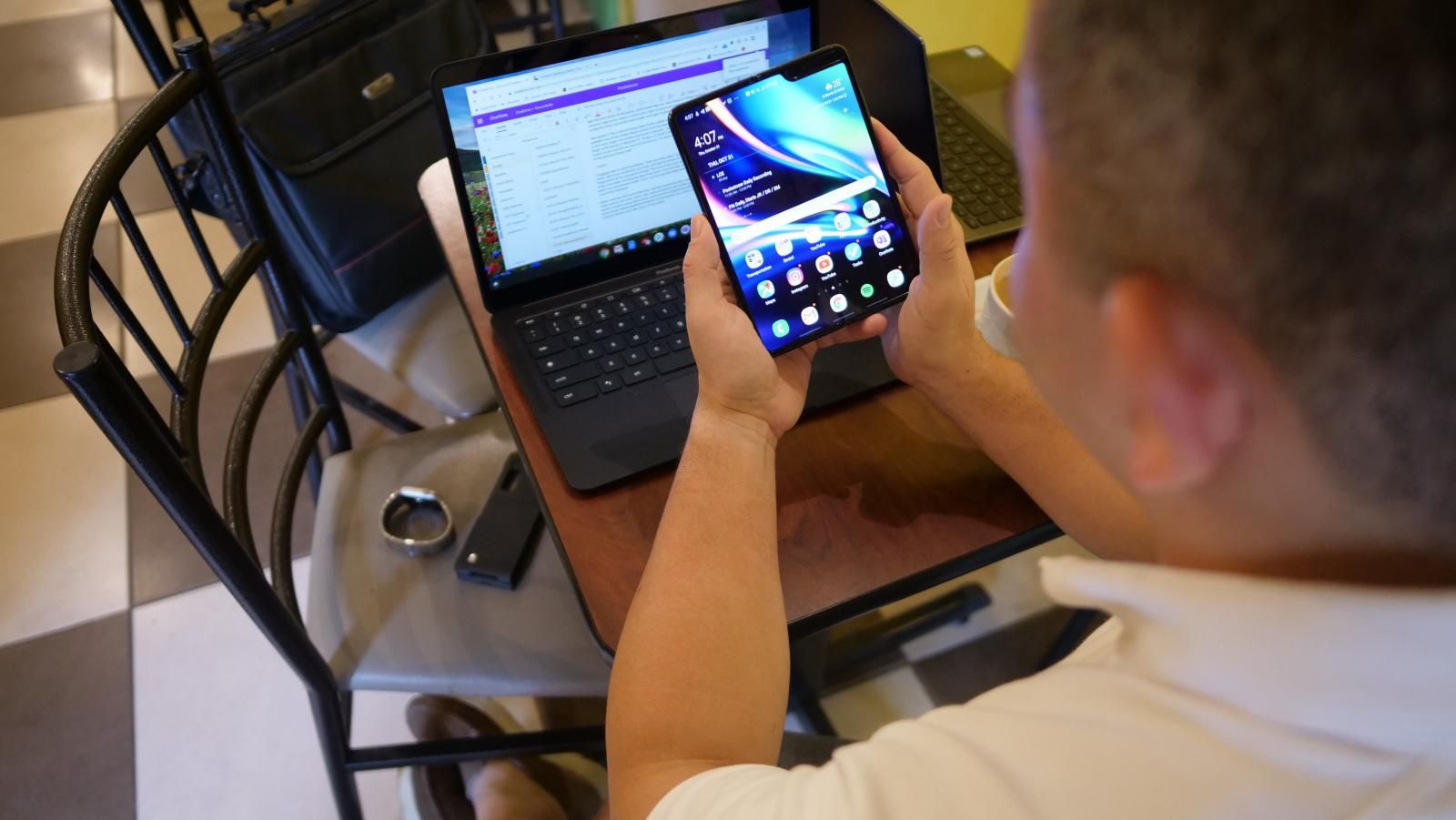Foldable phones have long been hailed as the holy grail of innovation in smartphone technology, and they indeed are fascinating. But do pompous exterior and powerful internals always mean practical? Not to sound like a pessimist, but the answer leans heavily towards a ‘NO’. And yes, coming to a conclusion so quickly might seem outrageous. So, let’s get into the nitty-gritty.
Positives
We start on a positive note here. The sheer convenience of having a large display in one’s pocket that can be unfolded in a jiffy is a productivity dream. Split-screen multitasking is one of the biggest functional advantages of a foldable phone, compared to the cramped experience offered by a regular smartphone. And for a news person who often has to jot down a quick story on the go, while referencing a source, the split-view experience on the Galaxy Fold is a bliss for me.
Another area where foldable phones win is gaming and video consumption. Ever tried PUBG Mobile on an 8-inch panel that is not a tablet? Well, foldable phones offer you that perk. Quickly finishing an episode on Netflix while sitting in your Uber ride? A pocketable 8-inch display will save you the trouble of holding the screen close to your face or squinting your eyes to notice details on a 5.5-inch screen. And did I mention the high-end silicon and powerful imaging hardware that is a mainstay on all foldable phones out there? Yes, the current breed of foldable phones covers it all.
Negatives
And this is where things start to go south. All that hardware, especially getting the foldable mechanism right, requires a lot of R&D money and material expense, which means the end product is definitely not cheap. The Motorola RAZR costs $1,400, the Galaxy Fold will set you back by around $2,000, while Huawei Mate X goes even further. Yes, the price of components might come down over time, but the asking price is unlikely to come below the $800-1000 mark in the near feature, (read: next couple of years, at least), which is far beyond the budget of a large majority.
Also, it is unlikely that a foldable form factor will be paired with lower mid-range hardware. So, if you are holding your breaths for a mythical Moto G Fold or Redmi Flip, DON’T. And the same affordability dilemma goes for repair and replacement services. Take for example the Galaxy Fold. Samsung will charge you a premium of $599 to replace the foldable panel, equivalent to the price tag of a well-equipped budget flagship like the OnePlus 7T or Asus 6Z.
And now that we are talking replacement, let’s go back in time to that unfortunate moment where the damage happens. We can all be clumsy, but you can’t afford that in the case of a pricey foldable phone. But that’s not your fault entirely. Foldable phones are fragile. Period. The edges are particularly susceptible to getting roughed up, and even a few dust particles that manage to creep beneath can damage the entire panel. Remember the Galaxy Fold reviews fiasco last year?
The brands know it quite well. Heck, Hauwei didn’t even let an entourage of journalists touch the Mate X at a product briefing out of fear that some accidental damage will happen. This was months after the phone went official, and I was among the unfortunate souls who could only gawk at that specimen of engineering marvel longingly.
Of course, as the technology matures, the costs will come down. But we are still in the test phase. Samsung had to rework the design of Galaxy Fold and relaunch it. The Korean electronics giant is still torn between plastic and ultra-thin glass for its foldable offerings. Huawei will undo the wrongs of its first foldable phone with the upcoming Mate XS. As for the Moto RAZR, nostalgia won’t be able to save it from design blunders, if any. But not all brands can recover from such a setback, both in terms of finances and reputation.
Aside from cracking the foldable hardware code, smartphone makers are yet to agree upon the most viable form factor too. Clamshell or book? Inward folding with elevated edges or outward folding with exposed glass? Will the unsightly crease go, or will the ‘bumps and lumps’ coyly advertised by Motorola become normal?
But wait, there are more questions. What is the golden ratio for the cover display? Can you really do much aside from checking the time or swiping notifications on the Moto RAZR or Galaxy Z Flip’s secondary display? And if you ditch the secondary display, then all you are left with is a foldable tablet. Imagine holding an 8-inch glass slab to your ears for a voice call!
Let’s assume for a moment that all the aforementioned issues are addressed in the next couple of years. That still leaves an important aspect that could make or break the allure of foldable phones for many – the software. What more can you get from foldable phones aside from the larger screen real estate that is more suitable for split-view multitasking and multimedia consumption? And that too, with its own issues.
There is no escaping letterboxing while watching videos, lest you pinch-to-zoom and can tolerate losing some on-screen content. Content scaling is still an issue, especially in the case of games. Dragging app windows is not as smooth as one would expect on an uber flagship like the Galaxy Fold. Also, how do you plan to comfortably reach the upper half of the screen on the tall display of a clamshell foldable phone like Motorola RAZR or Galaxy Z Flip?
Solving this would require a lot of work from the in-house software development team. But more importantly, smartphone makers will have to convince developers to go the extra mile and resolve scaling as well as accessibility issues when their apps run on a foldable device’s larger display.
All this will take time and effort to fully realise the true potential of foldable phones. On top of that, convincing an average buyer to shell out an eye-watering amount of cash for a foldable phone is an uphill task too. Unless, foldable phones are not targeted at the average smartphone user, and are being seen by brands as luxury commodities for customers who won’t flinch before paying a couple of grand for a svelte piece of foldable hardware that will turn a few heads.
If the latter turns out to be the case, then, foldable phones are truly not the future of smartphones. And as disappointing as it sounds, the current industry trend looks very much like it.

